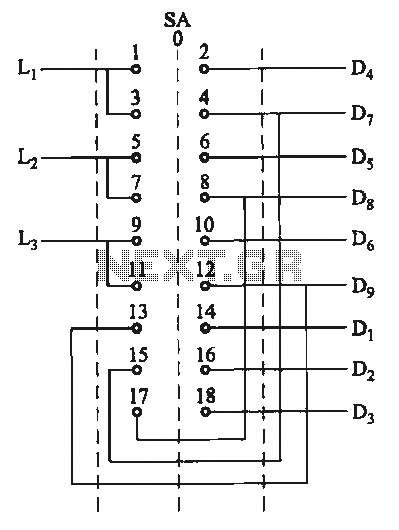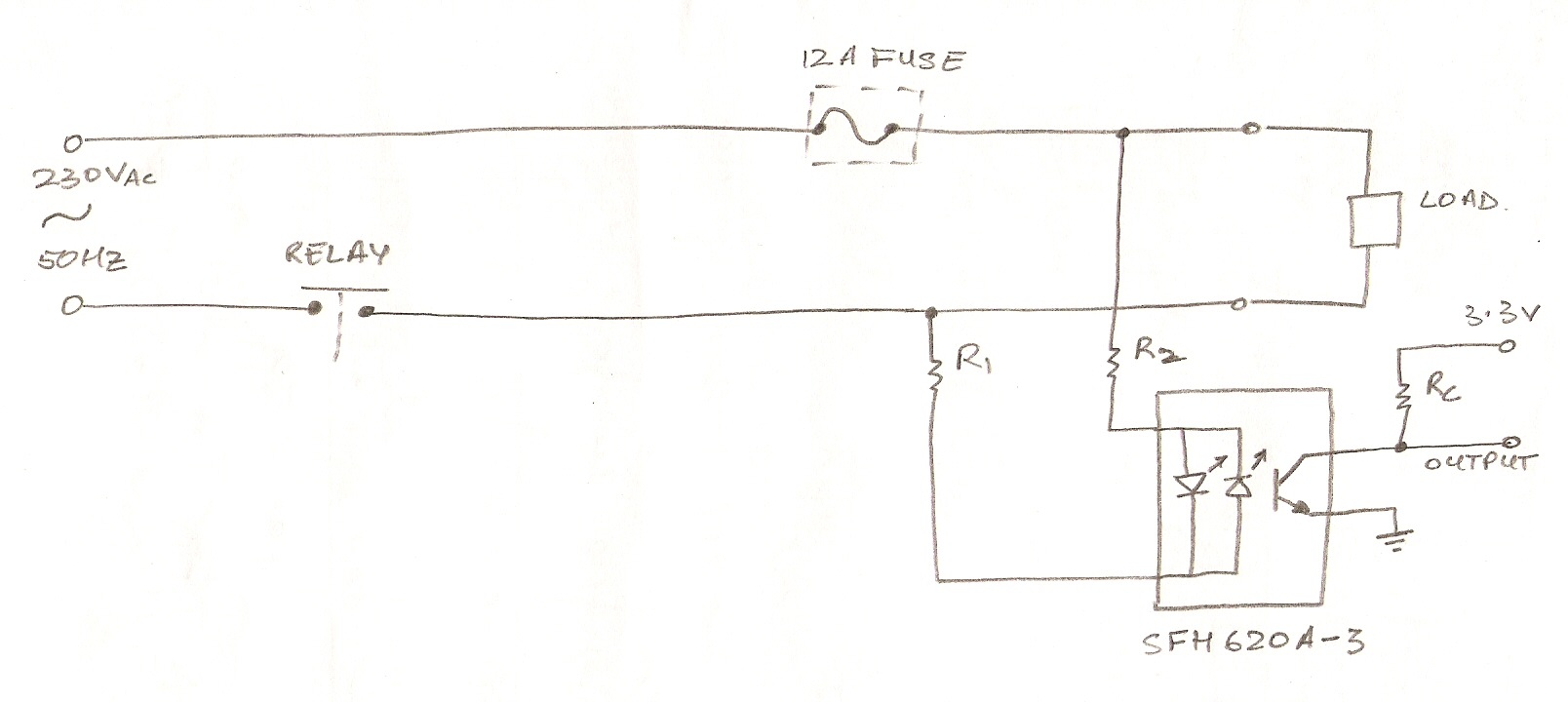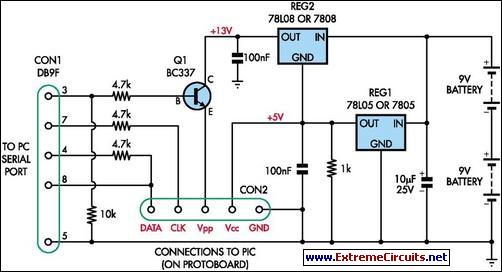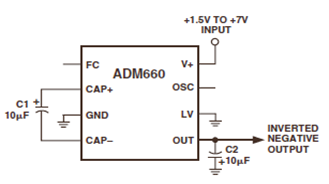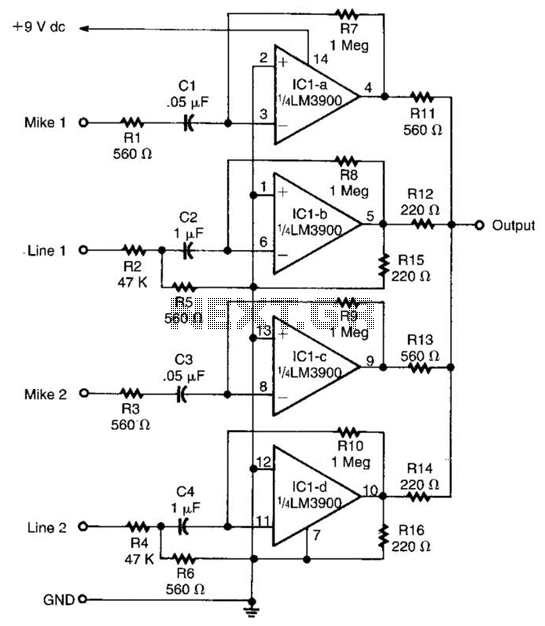
Variable AC Power Supply Circuit
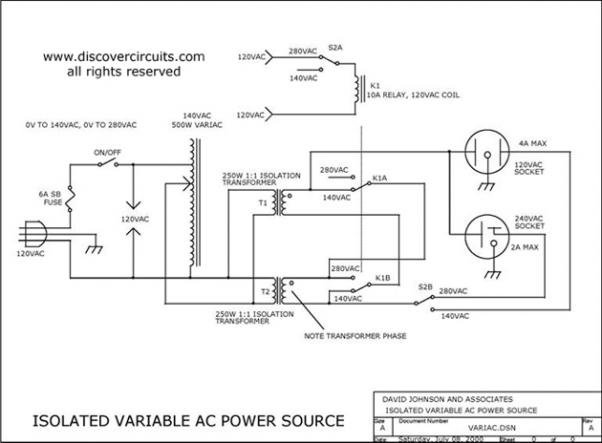
Variable AC Power Supply Circuit. In electronics, it is often useful to have a fully isolated variable AC power supply. With such a device, one can safely test various AC-powered circuits.
A variable AC power supply circuit is an essential tool in electronics laboratories and testing environments. This circuit allows for the adjustment of output voltage and frequency, providing flexibility for testing a wide range of AC devices and components. The primary components of a variable AC power supply typically include a transformer, a rectifier, a voltage regulator, and a control interface.
The circuit begins with an input AC voltage, which is transformed to the desired voltage level using a step-down transformer. This transformer isolates the circuit from the mains supply, ensuring safety during operation. The output from the transformer is then fed into a rectifier, which converts the AC voltage to DC. Depending on the design, this rectification can be done using either a full-wave or half-wave rectifier configuration.
After rectification, the DC voltage may still need to be smoothed out using filter capacitors to reduce ripple. Following this, a voltage regulator circuit is employed to provide a stable output voltage. This can be achieved using linear voltage regulators or switching regulators, depending on the requirements for efficiency and heat dissipation.
For variable output control, a potentiometer or digital control interface can be integrated into the circuit. This allows the user to adjust the voltage output easily. In more advanced designs, microcontrollers can be utilized to provide precise control over the output voltage and frequency, often displaying this information on an LCD or LED interface.
Finally, safety features such as fuses, circuit breakers, and thermal protection should be included to prevent damage to the circuit or the devices being tested. Overall, a variable AC power supply circuit is a versatile and vital component for any electronics testing setup, enabling safe experimentation with a variety of AC-powered circuits.Variable AC Power Supply Circuit. In electronics, it is often handy to have a fully isolated variable AC power supply. With such a device you can safely test various AC powered circuits and. 🔗 External reference
A variable AC power supply circuit is an essential tool in electronics laboratories and testing environments. This circuit allows for the adjustment of output voltage and frequency, providing flexibility for testing a wide range of AC devices and components. The primary components of a variable AC power supply typically include a transformer, a rectifier, a voltage regulator, and a control interface.
The circuit begins with an input AC voltage, which is transformed to the desired voltage level using a step-down transformer. This transformer isolates the circuit from the mains supply, ensuring safety during operation. The output from the transformer is then fed into a rectifier, which converts the AC voltage to DC. Depending on the design, this rectification can be done using either a full-wave or half-wave rectifier configuration.
After rectification, the DC voltage may still need to be smoothed out using filter capacitors to reduce ripple. Following this, a voltage regulator circuit is employed to provide a stable output voltage. This can be achieved using linear voltage regulators or switching regulators, depending on the requirements for efficiency and heat dissipation.
For variable output control, a potentiometer or digital control interface can be integrated into the circuit. This allows the user to adjust the voltage output easily. In more advanced designs, microcontrollers can be utilized to provide precise control over the output voltage and frequency, often displaying this information on an LCD or LED interface.
Finally, safety features such as fuses, circuit breakers, and thermal protection should be included to prevent damage to the circuit or the devices being tested. Overall, a variable AC power supply circuit is a versatile and vital component for any electronics testing setup, enabling safe experimentation with a variety of AC-powered circuits.Variable AC Power Supply Circuit. In electronics, it is often handy to have a fully isolated variable AC power supply. With such a device you can safely test various AC powered circuits and. 🔗 External reference
